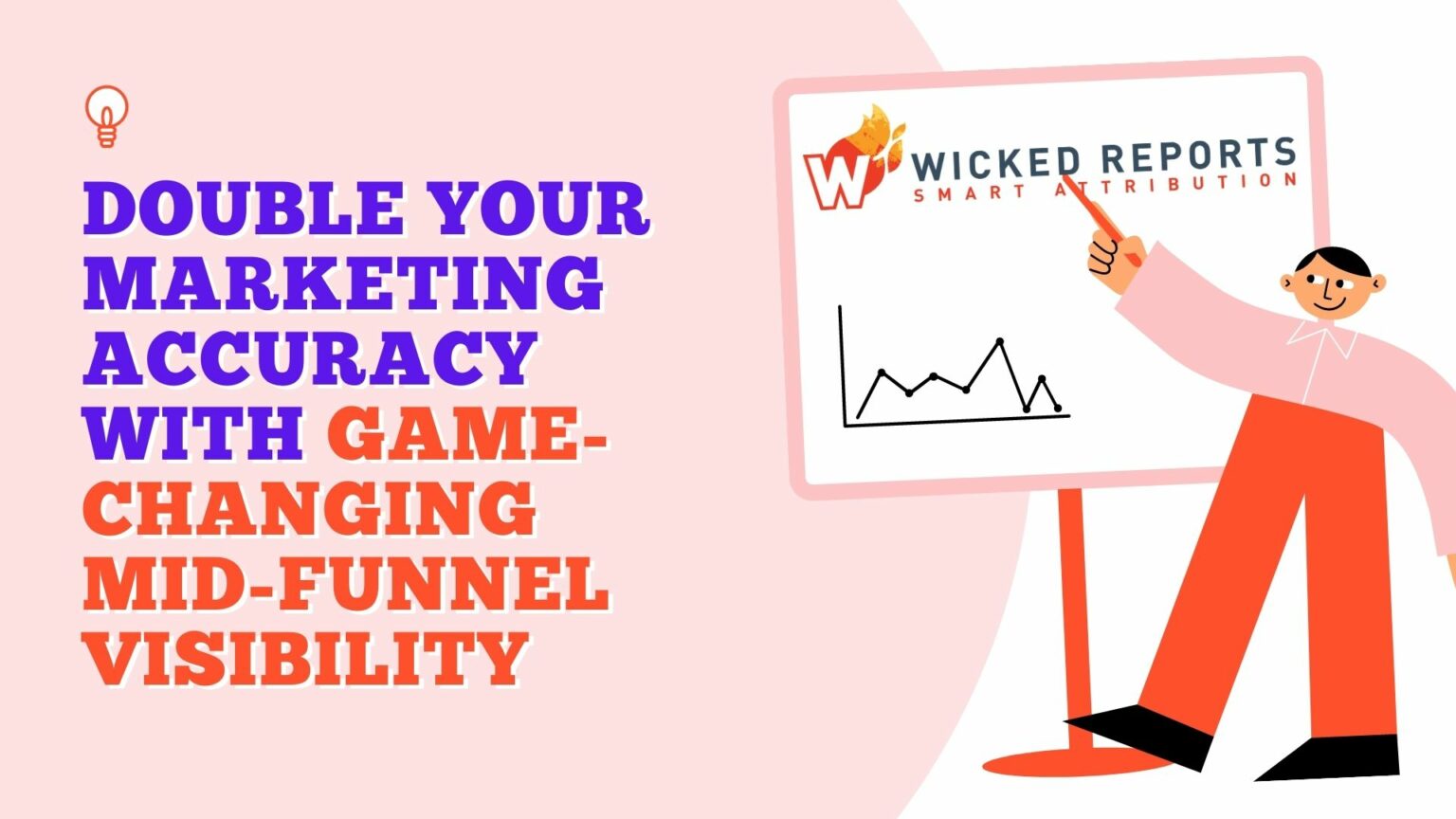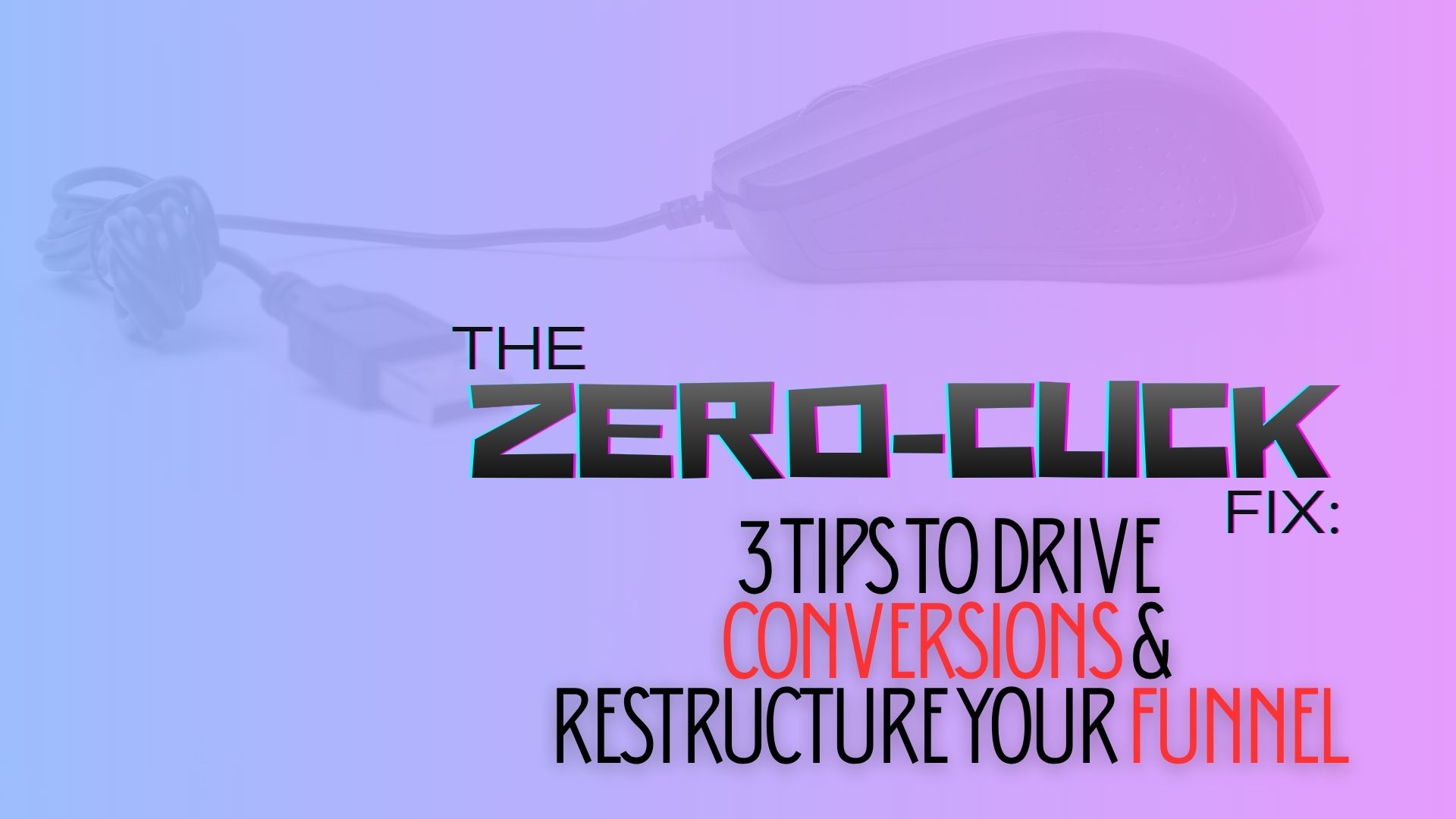
The Zero-Click Fix: 3 Tips to Drive Conversions & Restructure Your Funnel


The shift to “zero-click” content—where users receive answers or entertainment directly within search results, social feeds, or AI chats without needing to click through to an external website—is a significant challenge for marketers who depend on last-click attribution and direct conversions.
That said, marketers can leverage zero-click content to boost conversions by fostering the trust that encourages future clicks.
By viewing zero-click content as a pre-qualifying, influential top-of-funnel step instead of expecting it to be the final conversion point, you effectively nurture prospects further down the funnel, resulting in more qualified and higher-converting leads.
1. Build Authenticity and Authority to Earn the Click
Establishing trust within a platform is what ultimately motivates a user to choose your link over a competitor's, especially in a landscape flooded with promotional content.
Begin by offering standalone value in your content. Videos and carousels should deliver complete answers or actionable tips before mentioning products or services.
Instead of writing “5 reasons to buy Product X [Link in Bio],” create a post on “5 common mistakes people make with [Product Category].” The final slide or sentence can then include a link as a recommendation based on the insights shared.
Native formats like long-form LinkedIn articles or in-stream videos can aid in this by educating, comparing, or addressing a common problem your product solves. In this case, you’re not directly selling the product but rather encouraging the click to move to the next step, which leads to the product.
2. Strategically Position the Conversion Point
“That’s great,” we hear you say, “but we still need conversions.” That’s why, links within these authority-building pieces should be strategically placed where pre-qualified, interested users can find them easily.
On social media, for instance, keep the main content link-free to maximize reach and place the affiliate link in the first comment or the profile bio with clear instructions.
For paid native ads on platforms like Taboola or Outbrain, the initial click on the ad is actually the zero-click moment. Directing prospects to a high-quality advertorial or review “bridge page” on your domain, where the final affiliate link resides, allows you to provide more context and gather user data for retargeting.
In organic search efforts, focus your zero-click strategies on long-tail keywords with commercial intent that still feature snippets, such as “best [product category] for beginners,” or “Product X vs. Product Y comparisons.” Users clicking on these highly specific answers are already further down the funnel and more likely to convert.
3. Embrace Influence Mapping Over Last-Click
As AI and zero-click interactions diminish the visibility of initial touchpoints, the last-click attribution model becomes less reliable.
Many conversions are now influenced by untracked AI overviews or social posts saved days earlier.
Investing in top-of-funnel partners like affiliates or influencers who generate awareness and brand mentions can compensate for these limitations, even if their tracked last-click conversions are low. These partnerships feed the pipeline for other channels like PPC campaigns or branded organic search, where actual conversions take place.
Tracking branded search queries or direct website traffic immediately after launching a zero-click campaign can show that your content has effectively made your brand memorable enough to generate clicks later.
Test, Track, and Trust the Process
The rise of zero-click doesn’t mark the end for performance marketers; it signifies a necessary evolution from relying solely on single clicks to building sustainable brand influence. The next essential step is to embrace experimentation.
Don't hesitate to test different zero-click tactics: compare a high-value LinkedIn carousel with an optimized FAQ designed to win a Featured Snippet.
However, none of this is possible without the right infrastructure. You need to invest in strong influence mapping tools—whether that's advanced affiliate platforms or better analytics—to connect these initial zero-click interactions (like an AI citation or a shared Reel) to the final, high-intent purchase.
By proactively restructuring your content for native platforms and aligning your measurement systems to track brand visibility alongside qualified leads, you transform the zero-click challenge into a competitive advantage. This approach ensures your campaigns are prepared for a future where influence, not just traffic, determines success.





